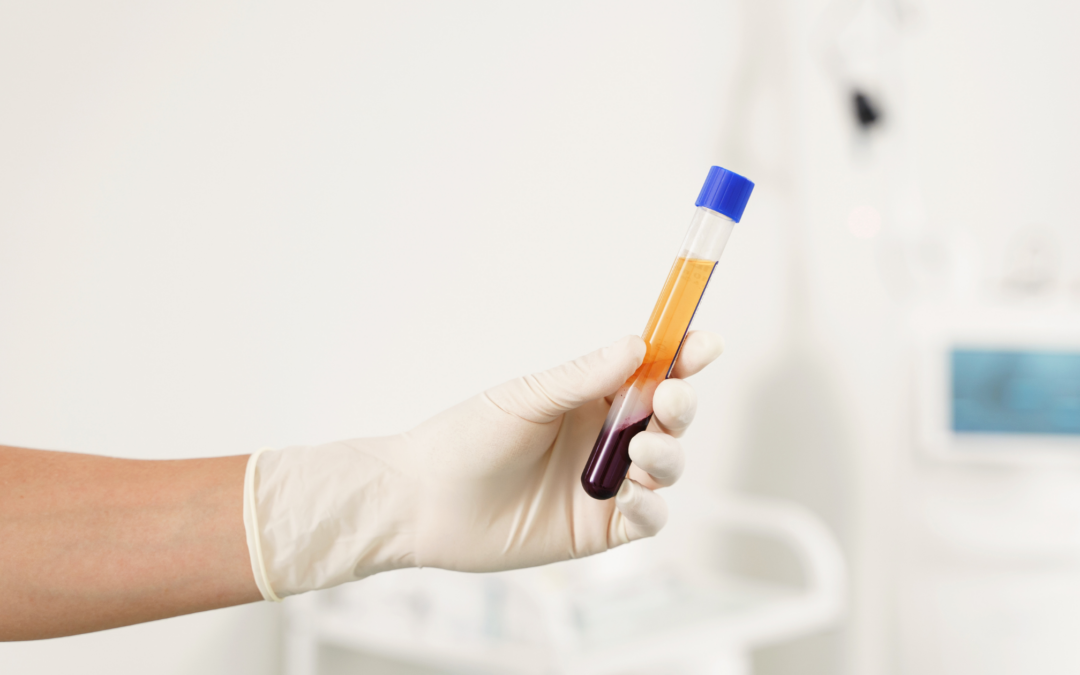Recent research in the medical field has unearthed the body’s power to regenerate and repair injured tissue. Doctors continue to learn more about Platelet-Rich Plasma (PRP) therapy, which uses of a patient’s blood to catalyze healing. PRP has gained popularity in treating injuries amongst athletes as well as relieving chronic pain.
This article walks you through PRP Injection therapy and answers some common questions regarding this treatment.
What Is Platelet-Rich Plasma (PRP) Injection Therapy?
Plasma is the liquid portion of blood, which carries platelets, red blood cells, and white blood cells, as blood circulates the body. Platelets are responsible for forming blood clots to stop bleeding and promote healing when blood vessels are injured.
PRP injections leverage the restorative functions of platelets. The patient’s blood is drawn to concentrate the platelets. This is achieved by running the blood through a centrifuge to separate other blood components and obtain a plasma solution rich in platelets.
The concentrate is then administered to the patient by injecting it into the injured body tissue to speed up healing. The injected platelets release growth factors that catalyze the repair of damaged tissues.
What Conditions Are PRP Injections Good For?
Scientists continue to research ways in which PRP injections can be effectively used to foster healing in the body. Physicians use PRP injections in the following areas:
Healing Damaged Tendons
Doctors administer PRP injections to hasten the healing of tendons that would ordinarily heal slowly. Common acute tendon injuries include Achilles tendonitis, golfer’s elbow, tennis elbow, and jumper’s knee, among others.
Osteoarthritis
PRP injections are used to treat osteoarthritis in multiple joints, such as knees, hips, and shoulders. A study that involved a group of 160 individuals with knee osteoarthritis showed that PRP injections yielded better results when compared with hyaluronic acid injections (also known as gel injections), which is a conventional regimen used to treat osteoarthritis.
Recovery of Post-Surgery
Doctors may administer PRP injections to help heal ligaments and tendons after surgery. That way, they fast-track the body’s healing process.
Injuries Among Athletes
Health practitioners have used PRP therapy to tackle soft tissue injuries, such as ankle and knee sprains, and strained hamstring muscles among athletes.
What Happens During A PRP Injection Procedure?
- A blood sample is drawn from the patient’s arm.
- The blood is placed in a centrifuge to separate the various blood components.
- The isolated platelet-rich plasma is prepared for injection into injured tissues.
- The doctor administers PRP Injection to the affected area using image guidance to ensure proper injection placement, including ultrasound or fluoroscopy.
What Are the Side Effects of a PRP Shot?
PRP injection therapy is safe given that it uses the patient’s own blood. Possible side effects are those associated with other injections which include:
- Pain from the injection
- Bleeding
- Injury to nerves
- Infection
If you’re looking for safe relief from chronic pain, then PRP Injection therapy is an option worth trying. Contact us at San Diego Orthobiologics Medical Group for your consultation and PRP injection with professional healthcare practitioners. Our physicians will help you navigate various medical options to manage chronic pain and find quicker recovery.
